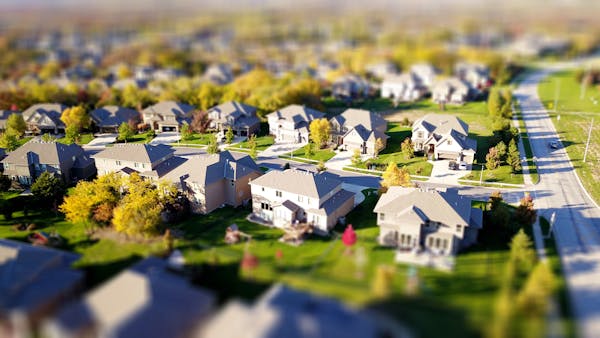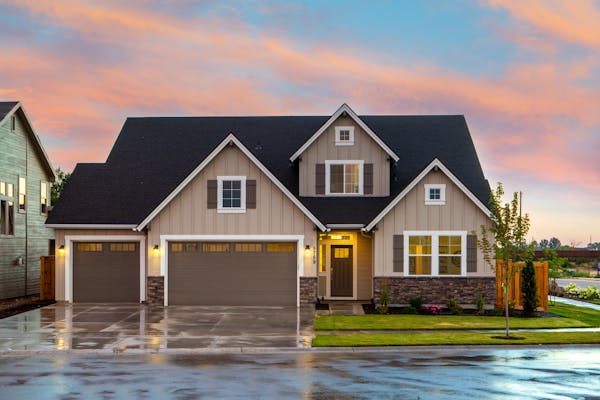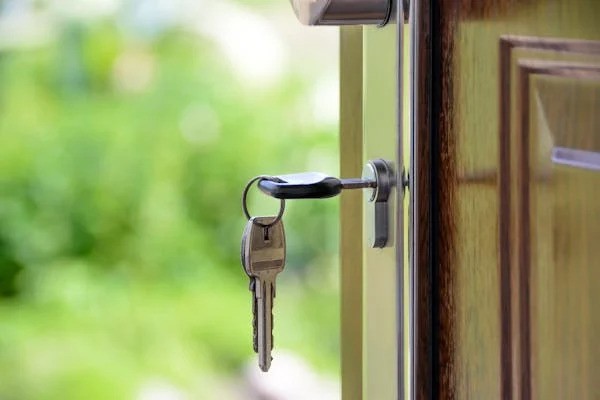As the world grapples with pressing environmental challenges such as climate change, resource depletion, and urbanization, the real estate industry stands at a pivotal juncture, tasked with reimagining its strategies through a sustainable lens. However, the concept of sustainability in real estate extends far beyond simply reducing carbon footprints or incorporating green features. This article delves into the multifaceted components of crafting a sustainable real estate strategy that not only meets the needs of the present but also safeguards the interests of future generations.
Embrace Environmental Stewardship

The cornerstone of any sustainable real estate strategy lies in environmental stewardship. Embracing sustainable practices involves a comprehensive approach that encompasses everything from energy-efficient building designs to the use of eco-friendly materials and the integration of renewable energy sources. By prioritizing environmental considerations in the development and operation of real estate assets, stakeholders can minimize their ecological footprint while simultaneously enhancing operational efficiency and cost savings. Furthermore, obtaining green building certifications can provide tangible validation of a commitment to sustainability, thereby increasing property value and marketability in an increasingly eco-conscious marketplace.
Foster Economic Resilience
In addition to environmental and social dimensions, sustainability in real estate also encompasses economic resilience. A sustainable real estate strategy not only mitigates operational costs through energy efficiency measures but also fosters long-term economic viability and resilience in the face of market fluctuations and emerging risks. Investing in resilient infrastructure, incorporating adaptive reuse strategies, and diversifying revenue streams are just a few examples of how real estate professionals can future-proof their assets and safeguard against uncertainties in the economic landscape. By aligning sustainability with financial objectives, stakeholders can create value that endures beyond short-term profit margins.
Cultivate Innovation and Technology Integration

Innovation and technology play pivotal roles in driving sustainability within the real estate sector. Embracing cutting-edge technologies such as smart building systems, IoT (Internet of Things) sensors, and data analytics not only optimizes building performance but also enables proactive maintenance, resource management, and occupant comfort. Furthermore, the integration of emerging technologies such as 3D printing for construction and blockchain for transparent property transactions holds the potential to revolutionize the industry, reducing environmental impact while enhancing efficiency and transparency throughout the real estate lifecycle. By embracing innovation, real estate professionals can unlock new opportunities for sustainable growth and differentiation in an increasingly competitive market.
Prioritize Social Responsibility
Sustainability in real estate extends beyond environmental considerations to encompass social responsibility as well. A truly sustainable real estate strategy prioritizes the creation of inclusive communities, promotes diversity and equity, and prioritizes the well-being of residents in those stylish cheap apartments in Minneapolis, for instance, where anyone can feel at home. This can be achieved through various initiatives such as the development of affordable housing projects, the provision of accessible amenities, and the implementation of community engagement programs that foster social cohesion and improve overall quality of life. By recognizing and addressing the social dimensions of sustainability, real estate professionals can create spaces that not only endure but also enrich the lives of those who inhabit them.
Adopt Circular Economy Principles

Transitioning from a linear to a circular economy model is paramount in achieving sustainable real estate practices. By prioritizing resource efficiency, waste reduction, and materials reuse throughout the entire lifecycle of a property, stakeholders can minimize their environmental footprint while maximizing resource utilization and resilience. Adopting circular economy principles not only conserves natural resources but also fosters innovation and resilience in the face of resource scarcity and environmental degradation. By embracing circularity, real estate professionals can create value that is not only sustainable but regenerative, contributing to the long-term health and vitality of both communities and ecosystems.
Engage Stakeholders and Collaboration
Creating a truly sustainable real estate strategy requires collaboration and engagement with various stakeholders, including investors, tenants, local communities, and regulatory bodies. By fostering transparent communication, incorporating stakeholder feedback, and aligning interests towards shared sustainability goals, real estate professionals can build resilient partnerships that drive positive impact and long-term value creation. Engaging stakeholders throughout the real estate lifecycle fosters a sense of ownership and shared responsibility, enabling collective action towards common sustainability objectives. By working together, stakeholders can leverage their collective expertise and resources to address complex sustainability challenges and create lasting value for all involved.
Invest in Education and Awareness

Education and awareness are fundamental in catalyzing the widespread adoption of sustainable practices within the real estate industry. By investing in training programs, workshops, and awareness campaigns, stakeholders can deepen their understanding of sustainability concepts, best practices, and emerging trends. Empowering individuals with knowledge equips them to make informed decisions and drive meaningful change within their respective roles and organizations. Furthermore, education and awareness initiatives can help to overcome barriers to sustainability adoption, build consensus around shared objectives, and inspire innovation and creativity in the pursuit of sustainability goals.
By embracing sustainability as a core value and strategic imperative, real estate professionals can not only mitigate environmental impact but also enhance value, resilience, and societal well-being for generations to come. As stewards of the built environment, it is incumbent upon us to build for tomorrow, with sustainability at the forefront of our endeavors!
